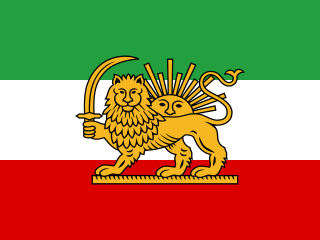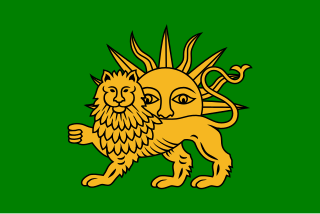This page is based on this
Wikipedia article Text is available under the
CC BY-SA 4.0 license; additional terms may apply.
Images, videos and audio are available under their respective licenses.

The 17th century BC was a century which lasted from 1700 BC to 1601 BC.
The 18th century BC was the century which lasted from 1800 BC to 1701 BC.

Babylonia was an ancient Akkadian-speaking state and cultural area based in central-southern Mesopotamia. A small Amorite-ruled state emerged in 1894 BC, which contained the minor administrative town of Babylon. It was merely a small provincial town during the Akkadian Empire but greatly expanded during the reign of Hammurabi in the first half of the 18th century BC and became a major capital city. During the reign of Hammurabi and afterwards, Babylonia was called "the country of Akkad", a deliberate archaism in reference to the previous glory of the Akkadian Empire.
Iranian monarchy may refer to:

Elam was an ancient Pre-Iranian civilization centered in the far west and southwest of what is now modern-day Iran, stretching from the lowlands of what is now Khuzestan and Ilam Province as well as a small part of southern Iraq. The modern name Elam stems from the Sumerian transliteration elam(a), along with the later Akkadian elamtu, and the Elamite haltamti. Elamite states were among the leading political forces of the Ancient Near East. In classical literature Elam was also known as Susiana, a name derived from its capital Susa.

Achaemenes was the apical ancestor of the Achaemenid dynasty of rulers of Persia.

King of Kings was a ruling title employed primarily by monarchs based in the Middle East. Though most commonly associated with Iran, especially the Achaemenid and Sasanian Empires, the title was originally introduced during the Middle Assyrian Empire by king Tukulti-Ninurta I and was subsequently used in a number of different kingdoms and empires, including the aforementioned Persia, various Hellenic kingdoms, Armenia, Georgia and Ethiopia.

Anshan, modern Tall-i Malyan, was an ancient city. The site is located 46 km north of Shiraz, in the Beyza/Ramjerd plain, in the province of Fars in the Zagros Mountains, south-western Iran.
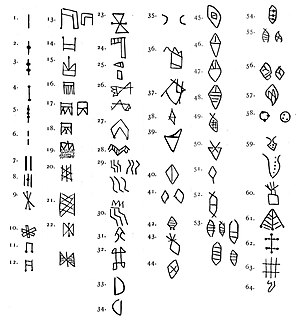
Linear Elamite is an undeciphered Bronze Age writing system used in Elam, known from a few monumental inscriptions only. It was used contemporaneously with Elamite Cuneiform and possibly records the Elamite language.
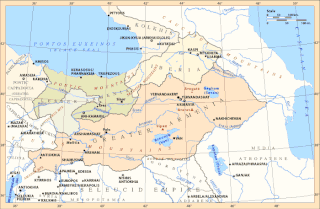
The Satrapy of Armenia (Armenian: Սատրապական Հայաստան Satrapakan Hayastan; Old Persian: Armina or Arminiya, a region controlled by the Orontid Dynasty was one of the satrapies of the Achaemenid Empire in the 6th century BC, which later became an independent kingdom. Its capitals were Tushpa and later Erebuni.

The Awan Dynasty(Sumerian: 𒀀𒉿𒀭𒆠, awan) was the first dynasty of Elam of which anything is known today, appearing at the dawn of historical record. The Dynasty corresponds to the early part of the Old Elamite period, it was succeeded by the Shimashki Dynasty and later the Sukkalmah Dynasty. The Elamites were likely major rivals of neighboring Sumer from remotest antiquity; they were said to have been defeated by Enmebaragesi of Kish, who is the earliest archaeologically attested Sumerian king, as well as by a later monarch, Eannatum I of Lagash.
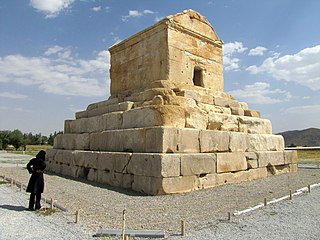
The Persian Empire refers to any of a series of imperial dynasties that were centred in Persia/Iran from the 6th century BC Achaemenid Empire era to the 20th century AD in the Qajar dynasty era.
Teispids were an Iron Age dynasty originally ruling southern Zagros, in ancient Anshan. The dynasty’s realm was later expanded under Cyrus II who conquered a vast area in southwestern Asia, later happened to be known as Achaemenid Empire under Darius I.
The titulary of Teispids is recorded in Cyrus Cylinder, in which Cyrus II identifies himself and his ancestors with the title King of Anshan, as an Elamite tradition. Teispes being the eponymous ancestor and founder, the dynasty furthermore included Cyrus I, Cambyses I, Cyrus II, Cambyses II and Bardiya.
This is a list of kings of Iran of the medieval Islamic period, AD 820 to 1432, arranged genealogically.
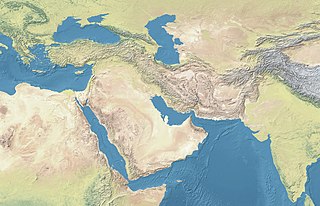
The Sukkalmah Dynasty, also Epartid Dynasty after the founder Eparti/Ebarat, was an early dynasty of West Asia in the ancient region of Elam, to the southeast of Babylonia. It corresponds to the latest part of the Old Elamite period.




